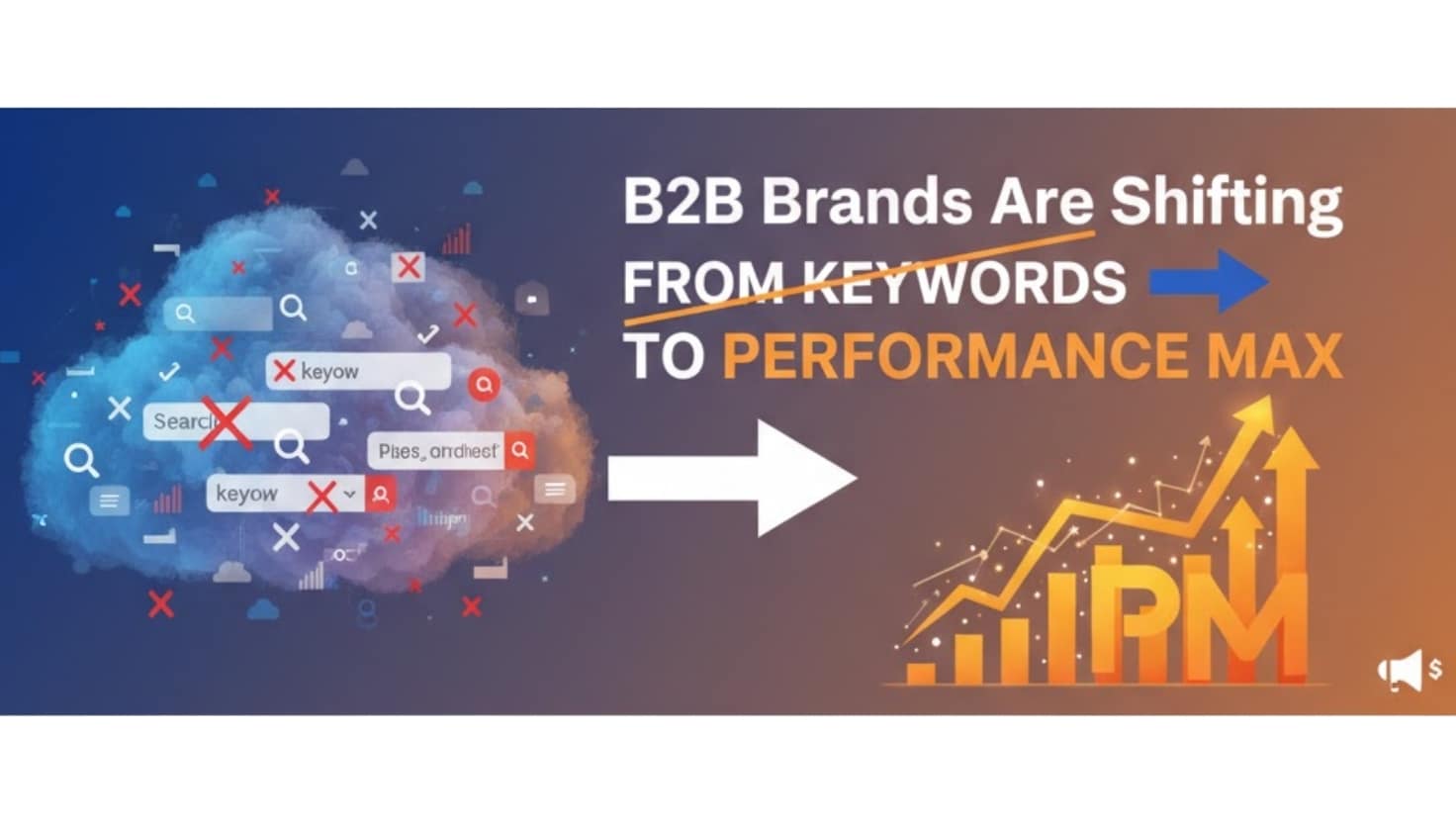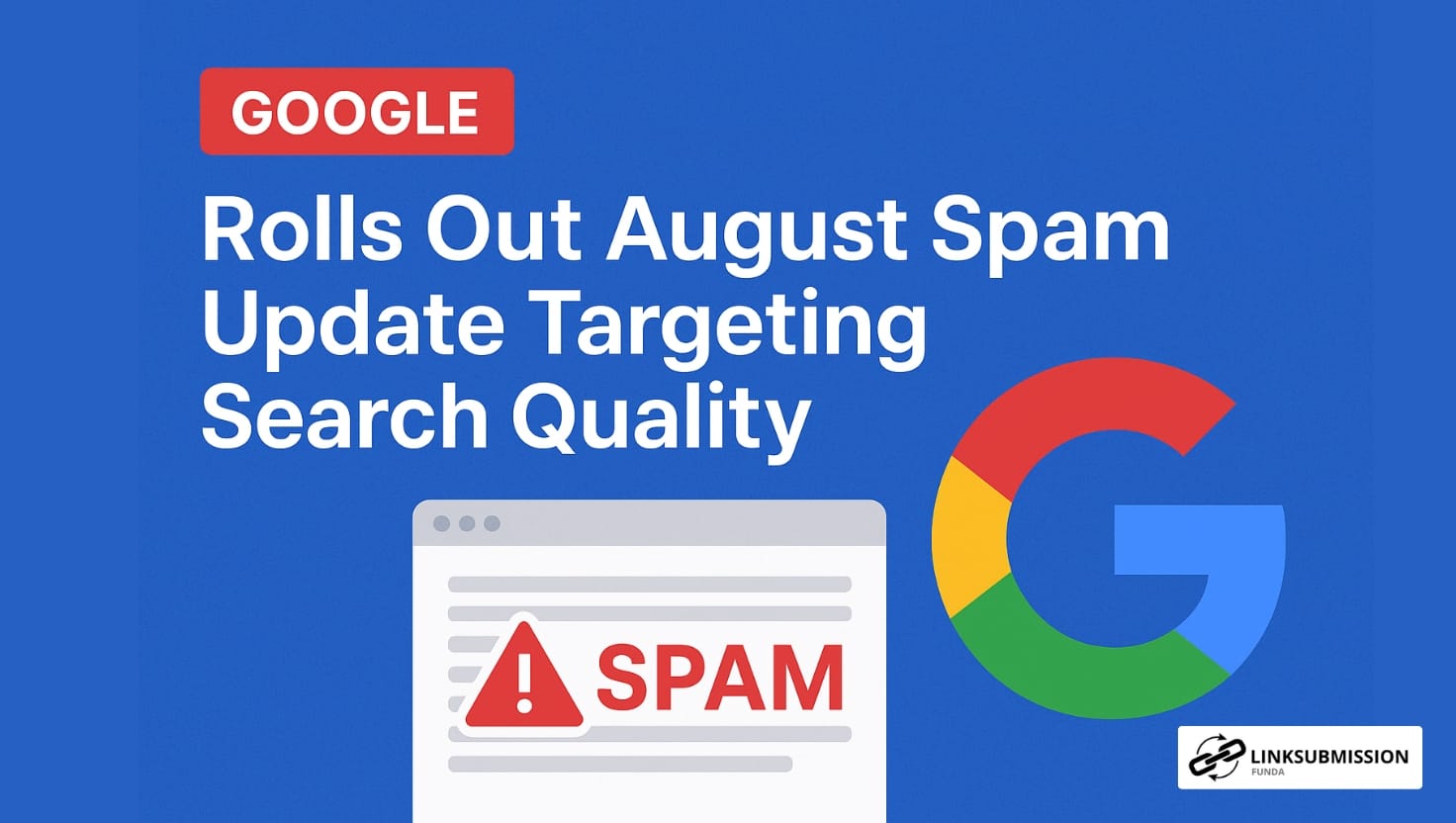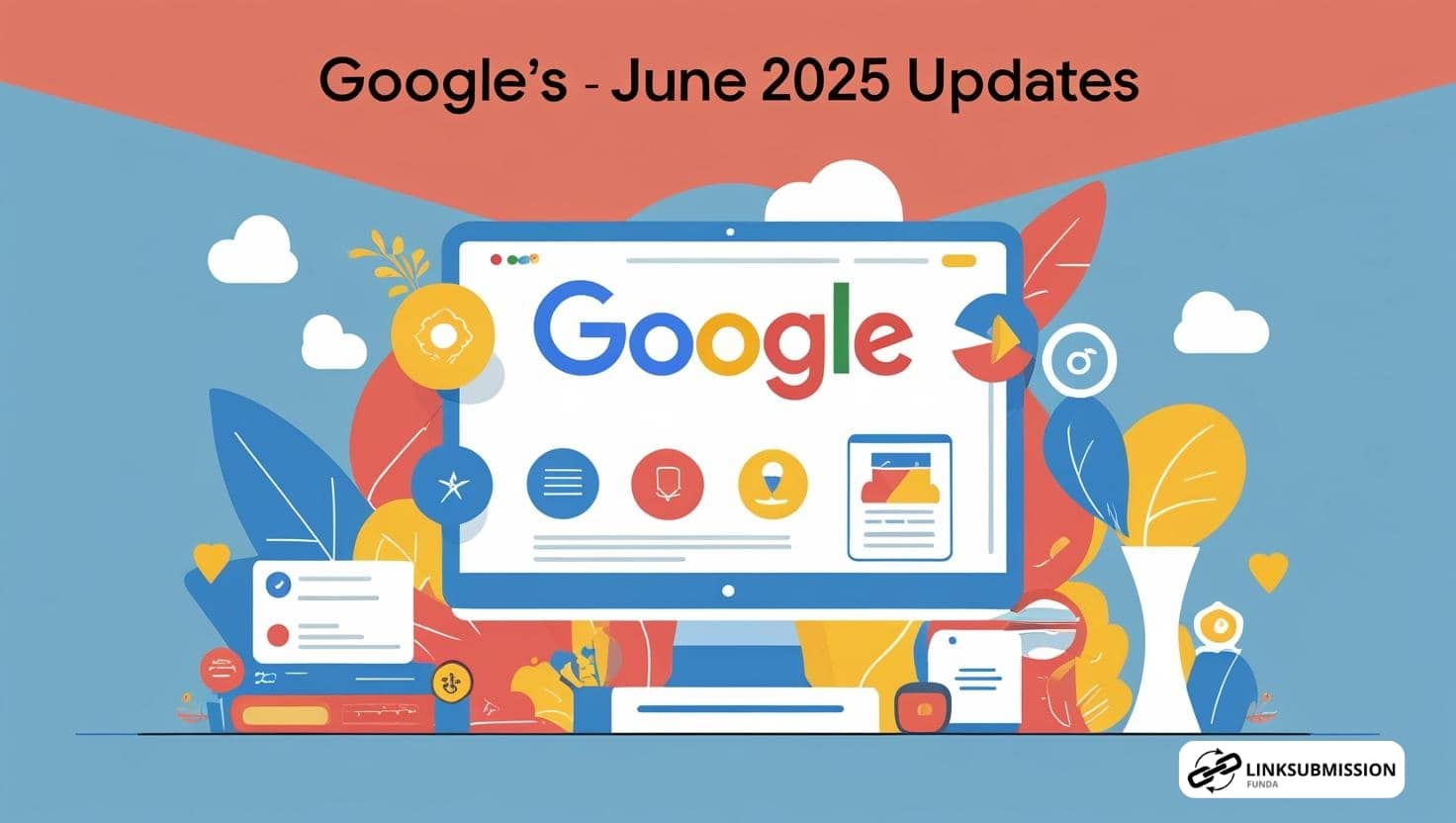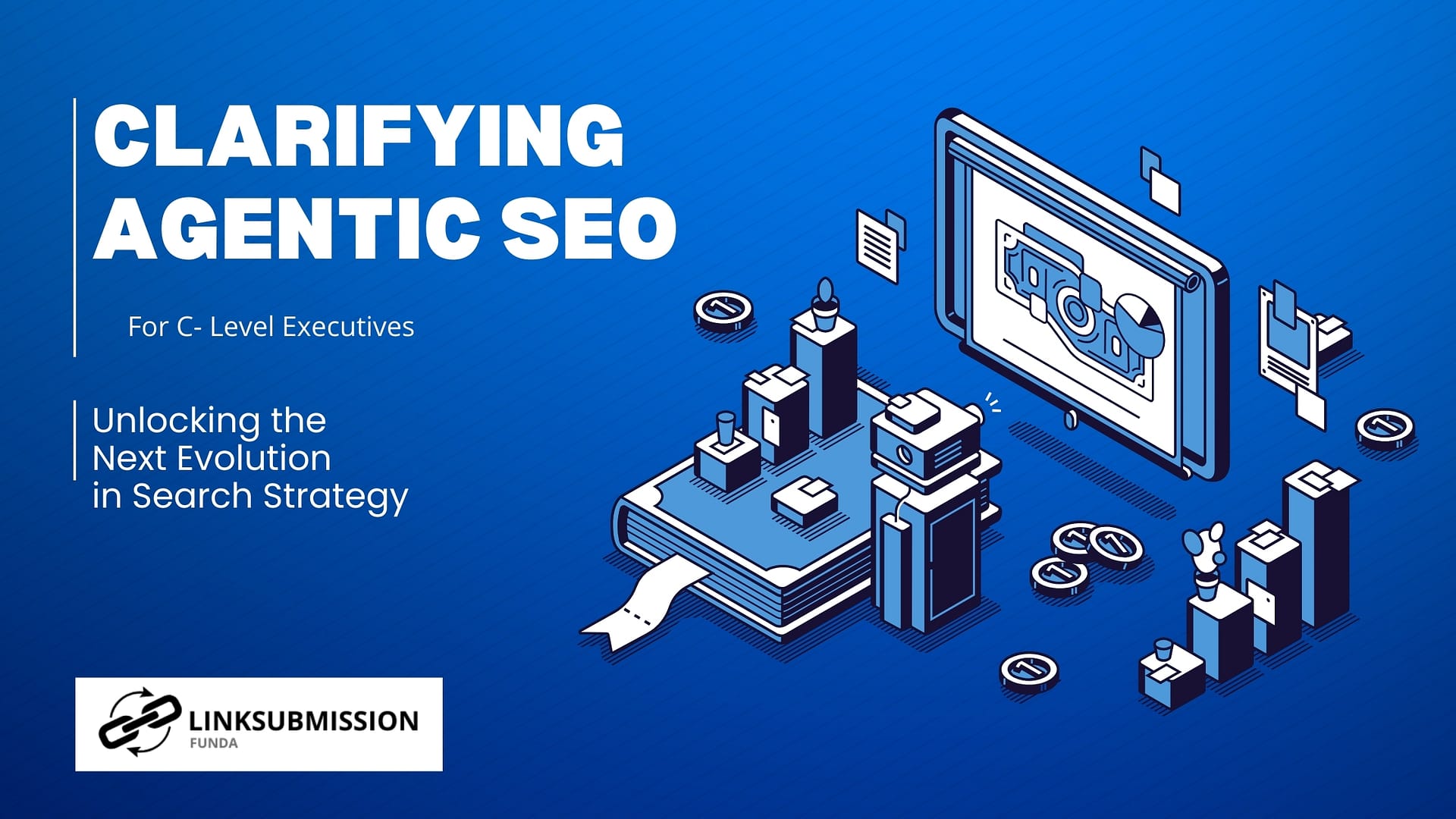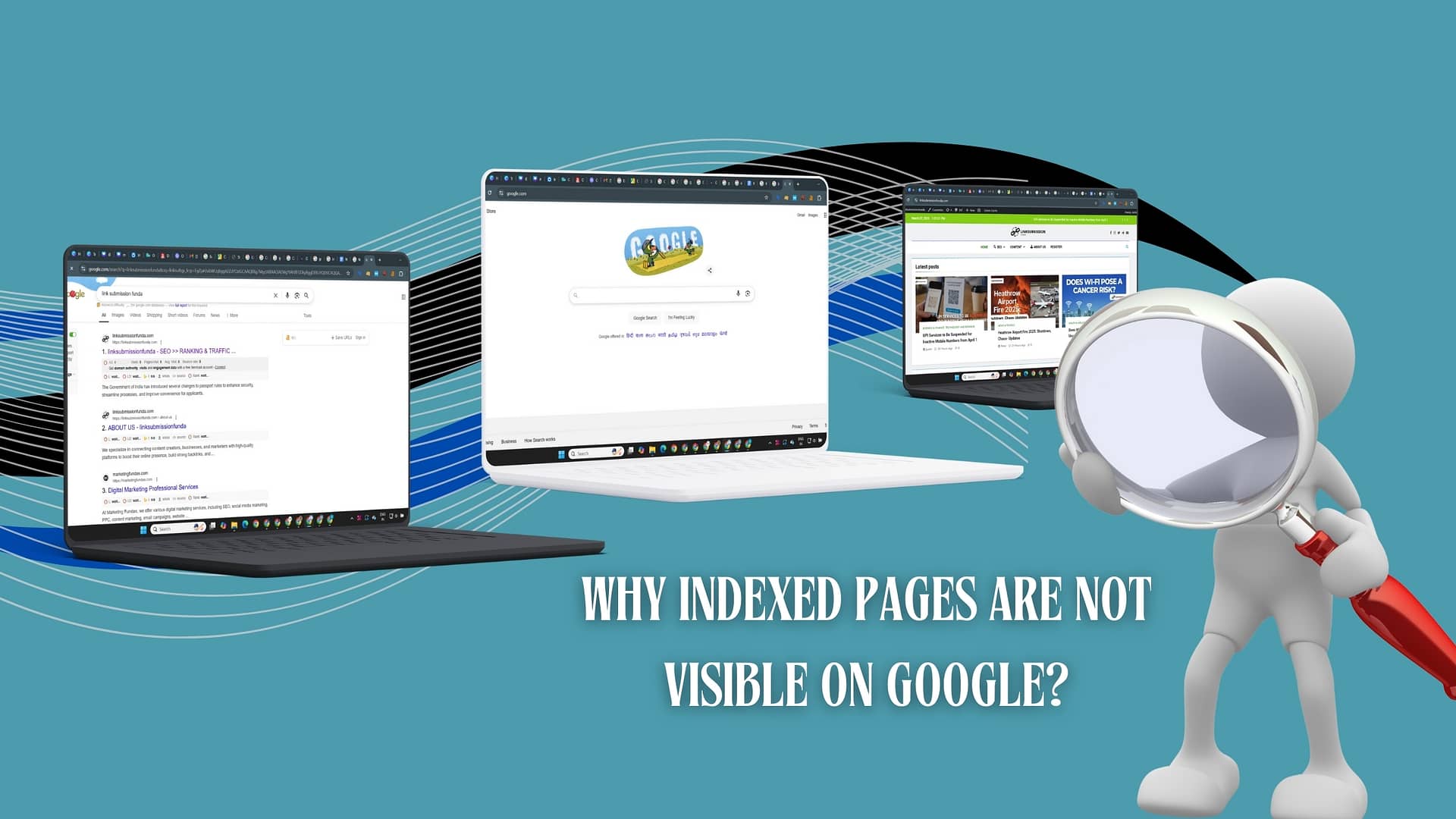In the evolving landscape of digital advertising, B2B marketers are increasingly shifting away from traditional keyword-centric campaigns toward AI-driven strategies, especially Google’s Performance Max (PMax). This transition signals not just a tactical change, but a strategic one—where broader reach, automation, and full-funnel thinking take precedence over isolated keyword bids.
1. The Changing Buyer Journey
Historically, B2B lead generation hinged on search campaigns: prospects type in a high-intent keyword, see your ad, click through, and convert. But that playbook is changing. As one analysis noted, the way users engage with Google has evolved. With increased use of YouTube, Google Discover, and AI-powered search overviews, prospects often encounter a brand before they type in a specific service-related keyword. B2B buyers also research more broadly across channels, sometimes watching videos, reading white papers or checking peer reviews before searching for vendor names or service keywords.
In that context, keyword-only campaigns capture only a sliver of the journey.
2. Why PMax Fits the New Reality
PMax campaigns allow advertisers to reach audiences across Google’s full ecosystem—Search, Display, YouTube, Discover and Shopping—in one campaign. According to multiple B2B case studies, that broader reach is paying off.
For example:
- One industrial manufacturer reported a ROAS increase of 36% and conversion volume up 30% after shifting more budget to PMax.
- Another B2B client achieved 44 % more conversions while reducing cost-per-acquisition by 47 % when using PMax over legacy keyword campaigns.
By leveraging Google’s automation and machine learning, PMax can identify high-performing segments and placements that keyword campaigns — with their narrower scope — simply don’t touch.
3. Efficiency, Scale & Automation
Keywords require constant upkeep: expanding the lexicon, managing match types, adding negatives, optimizing bids. PMax lifts a lot of that manual burden. It dynamically serves creatives and placements based on signals, enabling scale without linear increases in management hours.
Google has added more controls over the past year, making PMax more usable for B2B marketers who need transparency and precision. For instance: campaign-level negative keywords, expanded device/demographic targeting, brand exclusion lists.
For B2B brands selling complex services or gathering leads over longer cycles, this level of automation allows teams to focus on creative, messaging and lead-quality rather than granular keyword lists.
4. Brand Trust + Performance in One Program
One key shift: B2B marketers increasingly recognise that awareness + trust campaigns aren’t separate from performance—they are performance. In other words, when a prospect engages with your brand before typing your name or service keywords, that awareness moment is part of the funnel.
PMax enables this hybrid approach: you’re showing up across multiple touch-points (YouTube, Display, Search) building recognition, while the machine learning optimises for conversions down-funnel. Many B2B companies moving budget to PMax report they’re achieving both reach and demand-capture in the same programme.
5. The Keyword-Only Strategy Gets Costly
Relying solely on keywords is becoming less efficient. For many B2B services:
- Cost-per-clicks for broad keywords are higher.
- Many high-intent searches are for brand names or service terms, where ROI is already maximised.
- Keyword campaigns have limited inventory — they can’t capture display or video placements.
In contrast: PMax aggregates across placements, often finds incremental reach, and reduces dependency on bidding wars for high-cost keywords. The trend described in Search Engine Land: in some accounts, keyword-dominant strategies are being replaced by PMax.
6. What It Means for Your Campaign Strategy
If you’re a B2B brand (or advising one), here are some practical implications:
- Test PMax alongside keyword search: Don’t immediately abandon keyword campaigns. Use PMax for a subset of services and compare performance over a few months.
- Build high-quality creative & assets: Since PMax uses multiple formats (video, display, search), you’ll need effective visuals, messaging and landing pages. The algorithm thrives on good assets.
- Define exclusions and controls: With broader reach comes broader risk. Use brand exclusion lists, negative keywords (now available in PMax) and control your messaging.
- Segment funnel goals: Use keyword search campaigns for high-intent conversions (e.g., branded search or very specific service terms), while using PMax for prospecting and full-funnel reach. Many B2B setups are hybrid.
- Measure attribution & lead quality: Because PMax spans channels, tracking becomes critical. Ensure you know what kinds of leads are coming in, how they’re attributed, and what their lifetime value is. Without this, automation may optimise toward low-value conversions.
7. Risks to Be Aware Of
- Black-box concerns: PMax is less transparent than traditional search campaigns. You may have less control over placements or know exactly which keywords triggered a conversion.
- Brand cannibalisation: If you have strong brand search campaigns, PMax may also capture that traffic unless you explicitly exclude your brand terms. That can raise costs for minimal incremental gain.
- Creative fatigue: Because PMax spans channels, you’ll need more diverse creatives. If your assets aren’t up to scratch, performance may lag.
- Attribution complexity: Multi-channel reach means more complex conversion paths. Ensuring you track accurately and assign value correctly is essential.
In Conclusion
For B2B brands, the shift from keywords to PMax isn’t about what you stop doing; it’s about what you start embracing. It’s a move from isolated keyword targeting to full-funnel, AI-powered reach across Google’s network. The buyers are already behaving differently — searching, streaming, watching, scrolling. Your campaigns need to follow them.
PMax offers scalability, automation, and the ability to combine awareness and conversion in one program. But it’s not a plug-and-play solution. Success depends on quality creative, solid data, clear exclusion rules, and a hybrid strategy where keywords and PMax each play their role.
If you’re still running keyword-only campaigns without testing PMax, you may be giving up the “new route” that your competitors are already taking. The future may still have keywords—but less as the centerpiece and more as a component of a broader performance ecosystem.

